When it comes to sustainability, my job as an SEH engineer is equal parts detective, inventor, and storyteller. With more than four decades of environmental and sustainable projects on my resume, I’m driven by the challenge of uncovering hidden truths, imagining innovative solutions, and convincing others of what’s possible. Sustainability isn’t just about doing things differently; it’s about doing them better – for people, for the planet, and for posterity.
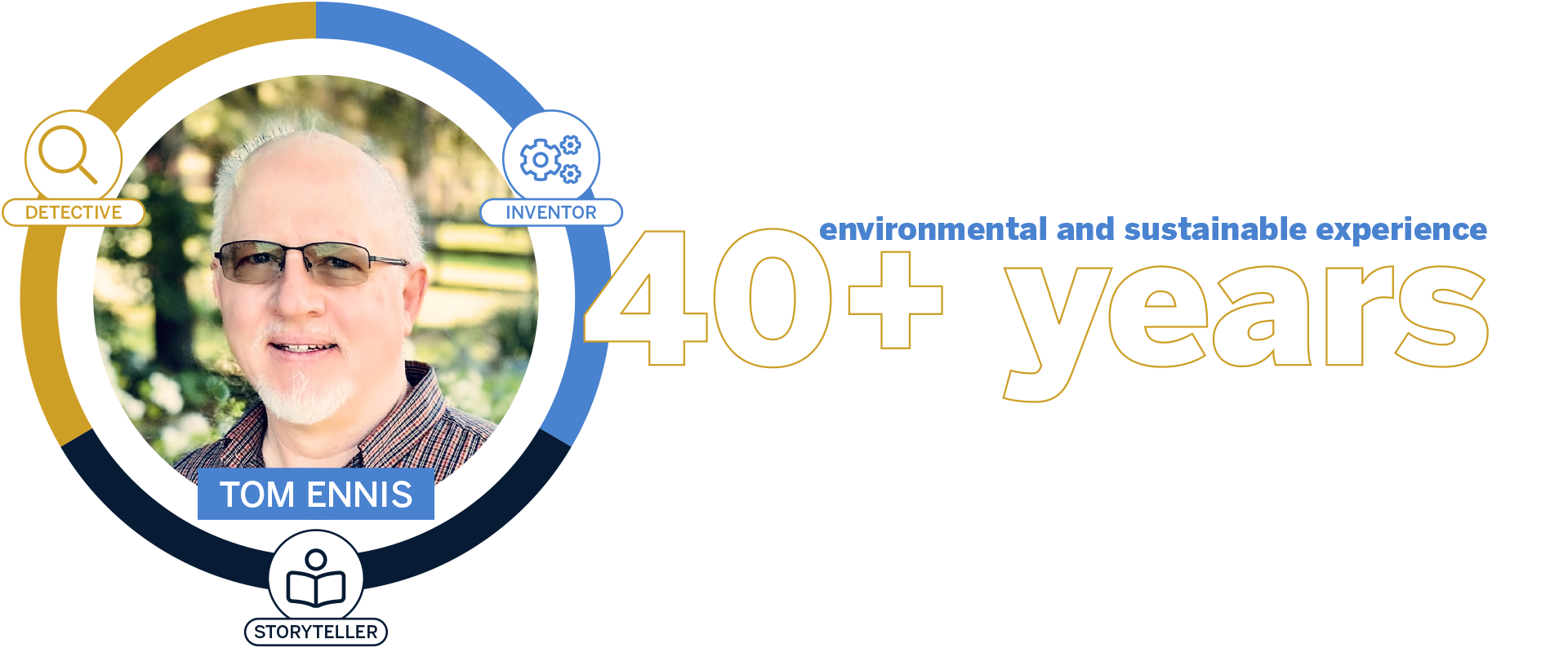
Along the way, I’ve learned some hard lessons, discovered a few surprising truths, and racked up enough “aha!” moments to fill a book. Today, I want to share a handful of those insights with you.
Be curious and open-minded
Sustainability is about envisioning a better way of getting something done. Can you imagine a better way of doing your projects? Do you understand the way the world works around you? Start with understanding your industry, adjacent industries, and the details from start to finish. What do people love about your work? What don’t they love? Then start delving deeper. Where could you turn to for inspiration? Is this an opportunity to take a cue from nature?
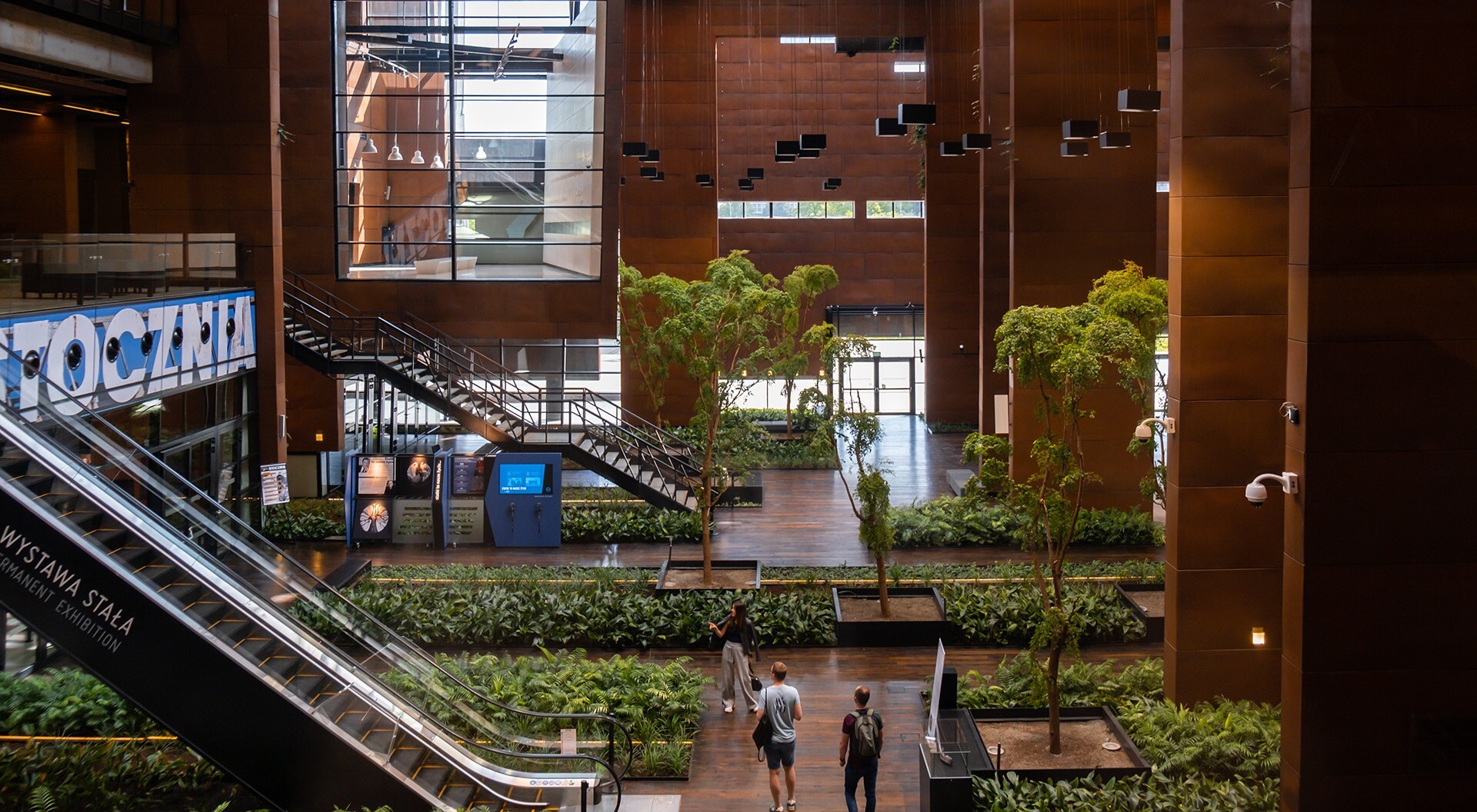
One of the most promising arenas of sustainability today is biophilic design, which incorporates natural elements and principles into the built environment to enhance both ecological balance and human well-being. This approach draws inspiration from nature’s efficient problem-solving techniques such as how ecosystems manage materials, control pests, mitigate erosion, or handle waste. By studying these systems, you can explore innovative ways to integrate natural patterns, materials, and processes into your projects, creating solutions that are not only sustainable but also functional and aesthetically enriching. Have you ever contemplated how these principles might apply to your projects?
Have an ever-expanding sense of scale
Sometimes, the environmental community or the reporters covering their work fail to provide the necessary context or scale when discussing important issues. It's easy to get caught up in alarming statistics or striking headlines, but without understanding the full picture, it can be hard to gauge the true significance of a situation.
For example, consider this: “The concentration of this pollutant has doubled in this river in the last 20 years.” Does that warrant concern, or is the concentration still well below threshold levels for aquatic species? Similarly, take the claim, “This project removed 100 tons of CO2 from the atmosphere in the last 10 years.” Is that significant? How much money was spent to achieve it? And how does this result compare to the scale of the local problem?
Providing context empowers us to make informed decisions. It ensures efforts are prioritized where they truly matter while helping avoid unnecessary panic or misdirected focus while fostering meaningful action on environmental issues.
Dream big, but enchanting ideas are not enough
Aspiring to sustainability on a project is a great start, but ambition alone doesn’t guarantee success. It’s especially easy to get caught up in the allure of sustainable ideas without fully considering their practical implementation or potential consequences. Goals need a solid plan and legwork to bring them to life. Without that, even the best intentions can lead to failure.
Take this example: An industrial team proposed what seemed like a brilliant, sustainable idea. Instead of sending their wastewater to a city’s treatment plant, they would discharge it into a local stream. This plan would reduce the energy used by the treatment plant – a win for sustainability, right? Not quite. They overlooked a critical detail: the wastewater was highly saline and would wreak havoc on the local creek’s ecosystem. Luckily, this enchanting idea never left the drawing board.
The lesson? Sustainability requires more than good intentions. It demands thoughtful planning, careful consideration, and a willingness to see the bigger picture.
Think like a chess master
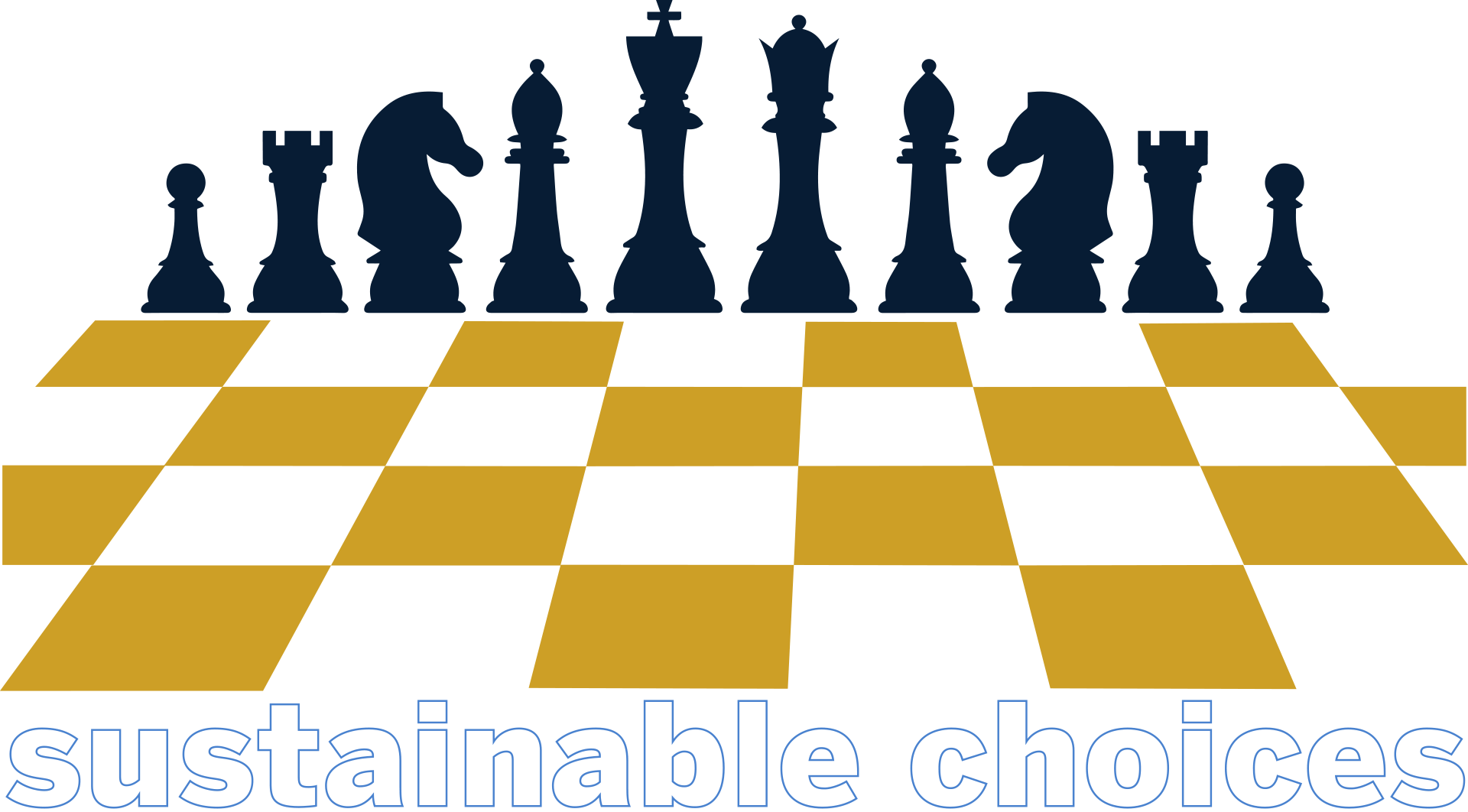 Great chess masters don’t just think about their next move, they plan several steps ahead, anticipating how each action will shape the game. Sustainable design should follow the same strategy.
Great chess masters don’t just think about their next move, they plan several steps ahead, anticipating how each action will shape the game. Sustainable design should follow the same strategy.We need the discipline to ask, “What happens next?” How will new design elements or processes ripple through the project and beyond? Of course, this isn’t always easy. The physical, chemical, and biological world is full of surprises, making it challenging to predict every outcome. But by thinking ahead, just like a chess master, we can navigate the complexity and make smarter, more sustainable choices.
For example, one community wanted to reduce their overall carbon emissions. Since transportation is a big part of any community’s carbon footprint, they decided to emphasize a transition to electric vehicles. This step alone would reduce emissions by more than 50%! But did they consider whether the current grid could handle that level of charging? No. Nor did they estimate the first and local cost of incentivizing this transition, the future cost to replace the vehicles or the sustainability of the mining of the materials for the vehicles. They attempted to take a complex, multi-step matrix and made it one dimensional and unsustainable.
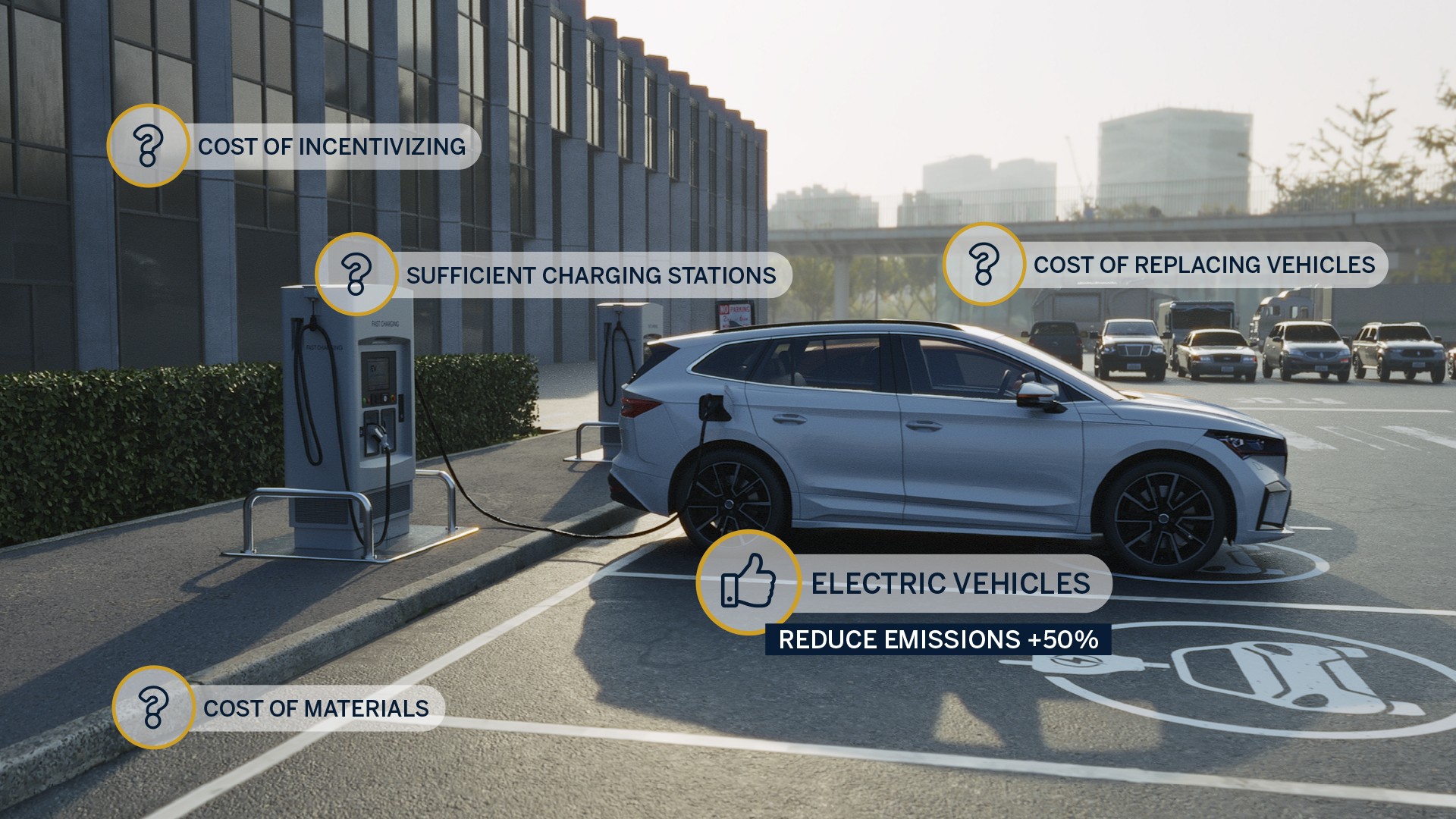
Know the status quo
Designers should have a complete picture of the pros and cons of current materials or designs before recommending changes to them. Oftentimes, there are complicated reasons designs are done in a certain way.
Working with sustainable concrete is a prime example of this. Concrete has followed a similar recipe for over a century, but efforts are underway to make it more sustainable. Proposed changes are being reviewed by researchers, manufacturers, structural engineers, regulators, and contractors before being implemented. This thorough vetting process improves the odds that innovations meet sustainability goals and maintain the safety, durability, and practicality critical to the project's success.
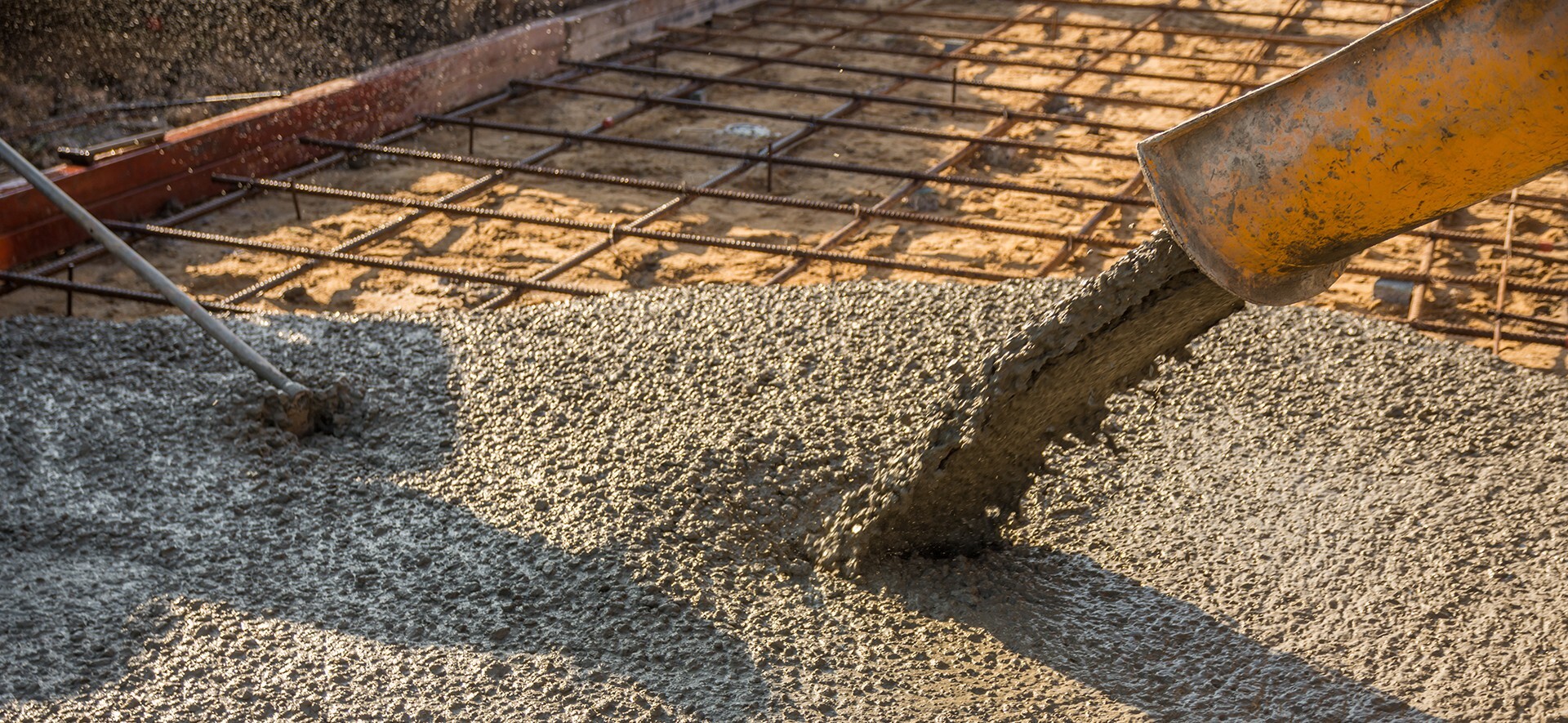
Beware of unintended consequences from blinding solutions
Sometimes, in our excitement over a new solution, we overlook the potential downsides. Take municipal firefighting runoff for example. It’s notorious for harming fish in local streams by reducing oxygen levels, elevating chlorine, or creating elevated water temperatures.

After one structure fire, some of my previous colleagues proudly declared that runoff was no longer an issue: firefighters switched from using water to foam. Problem solved, right? We celebrated the idea that this new material would prevent fish kills caused by traditional firefighting methods. But here’s the twist: no one had stopped to scrutinize what was actually in the foam. It turned out to be loaded with PFAS – those infamous “forever chemicals” now at the center of environmental cleanup efforts. Our enthusiasm for a quick fix had created a whole new problem, reminding us of the importance of thinking critically about every solution, no matter how promising it seems.
Another way of saying this is to expect the unexpected.
When you look at the history of environmental disasters in the United States, most often they are the result of well-intentioned ideas with little forethought as to the consequences of those actions. How do you prevent unintended consequences? With an open mind to consider the consequences of your project and by collaborating with others.
Cautiously use Sustainable Rating Systems
I’m a big fan of a good rating system. They’re like a trusty compass, offering guidance with established, consensus-based metrics for tackling projects. But let’s be honest: they’re far from perfect. Think of them like those early GPS devices. They’re accurate about 80-90% of the time, which works fine for a straightforward route. But if you blindly follow the GPS without using your own judgment, you might end up on a dead-end street or worse, driving into a lake!

Rating systems work the same way. They can be great tools to point your team in the right direction but may only take you so far. To really succeed, you need the experience, intuition, and design skills of the team to fill in the gaps and steer the project to the finish line.
Have a balanced view
The very definition of sustainability is balancing present uses of resources in a way that the use of those resources by future generations is not compromised. This requires engaging with projects on three category levels: people, the planet, and the prosperity of the community involved.
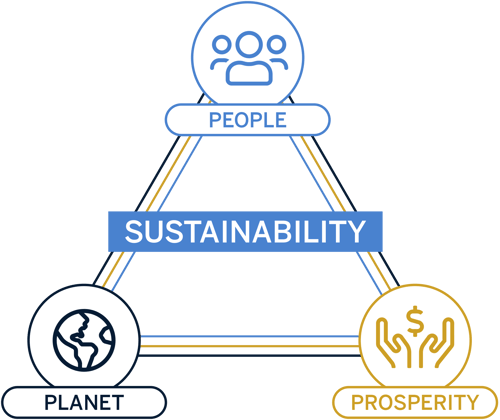
A project's true sustainability hinges on considering economic, environmental, and community impacts. Ignoring any of these aspects means it's not sustainable. Prioritizing any one of the three goals at the expense of the others does not even meet the minimum standard of sustainability.
Follow the 10th man rule
Where I’m from in Texas, some love to brag about the 12th man – the roaring crowd at Texas A&M football games, so loud it’s like an extra player on the field. But that’s not what I’m here to talk about. Let me introduce you to the 10th man rule. If ten people are analyzing a situation and nine agree on a particular course of action or belief, the 10th person has the responsibility to disagree, even if they personally agree with the majority opinion. This dissenting role is essential for identifying blind spots, challenging assumptions, and ensuring alternative perspectives are considered. It’s like having a designated devil’s advocate who keeps everyone on their toes.

Unfortunately, in many organizations, group thinking reigns supreme, and dissenting opinions are brushed aside. But here’s the thing: innovation thrives on diverse perspectives. To make this work, your team needs to build thick skin, strong camaraderie, and open lines of communication. Create a culture where different viewpoints are welcomed, and you’ll unlock the ability to adapt, grow, and take in valuable new information.
Pilot first
In my career, especially in local government, I’ve often seen a rush to jump straight into implementing new ideas without testing them first. But here’s the problem: skipping the pilot stage is like skydiving without checking your parachute, it might work, but if it doesn’t, the results can be disastrous.
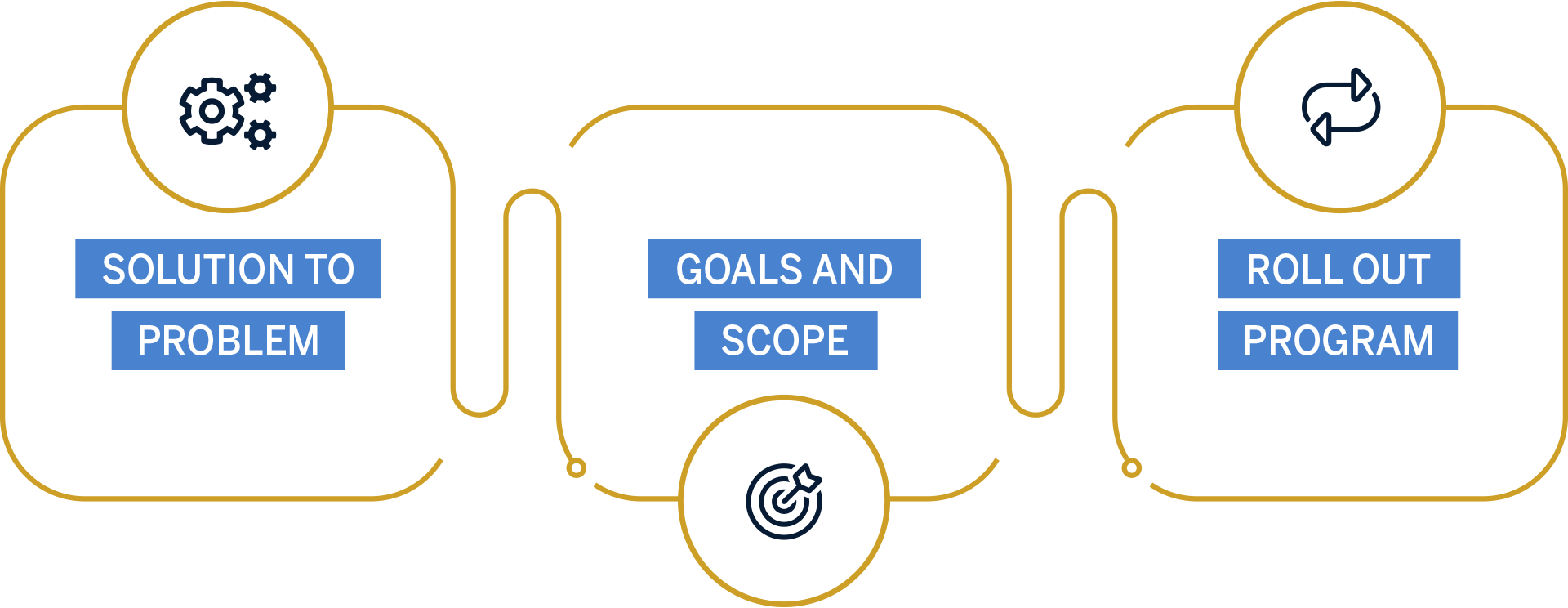
Take a page from the City of Chicago’s playbook. They had a smart approach to trying new ideas:
- Propose a solution to a problem.
- Pilot it with clear goals and a limited scope.
- If successful, roll it out as a full program.
This method keeps enthusiasm in check and ensures any hidden flaws are discovered before scaling up. But too often, people skip the pilot stage and dive in headfirst, only to run into unforeseen issues down the line.
Alternative bio-fueled vehicles are a classic cautionary tale. On paper, they seemed like the perfect solution. But without piloting, widespread adoption revealed major headaches – from user confusion and maintenance woes to even the collapse of some manufacturers. The lesson? A well-planned pilot isn’t just a safety net; it’s the foundation for long-term success.
Conquer your fear
Sustainability often means celebrating the good we are already doing while embracing change to do even better. However, change can be uncomfortable. It can lead to defensiveness, uncertainty, and resistance, and many of us would prefer to avoid those difficult conversations altogether.
Here is an example from my own experience.
At a previous employer, we had a policy that prohibited personal electric devices like coffee makers and mini-fridges at workstations. Since the policy had never been enforced, workspaces were filled with appliances like foot warmers, aquariums, and coffee pots.
To address this energy drain, I created a plan to phase out the most energy-intensive items first. Mini-fridges were at the top of the list because they can consume nearly as much energy as full-size modern refrigerators. After plenty of communication and a grace period, I began asking employees to take their fridges home. That is when it happened. One of the quietest and kindest colleagues I have ever worked with had a complete meltdown. His reaction was a full-blown tirade, all over a refrigerator.
This moment was a clear reminder that people can be deeply attached to the unsustainable status quo, even when it involves something as small as an appliance. Change is not just about policies or programs; it is also about managing the emotions and attachments that come with it.
Have you encountered other ideas or challenges surrounding sustainability in your work? Would you like to talk about how SEH can apply the right sustainability solutions to your next project or in your community? Reach out to me, Tom Ennis, I’d love to chat.
About the Author

Tom Ennis brings expertise in environmental management and sustainable development. He joined SEH after over a decade leading sustainability efforts in Austin, Texas, focusing on climate initiatives, zero waste, sustainable materials, and natural systems for carbon offsets. He’s applied sustainable design principles to projects such as water and wastewater systems, municipal infrastructure, parks, schools, green roofs, ecosystem restoration, brownfields, stormwater management, and site development. As a certified Envision trainer, Tom educates on the environmental, social, and economic aspects of sustainability.

.png?width=113&name=SEH_Logo_RGB%20(1).png)
